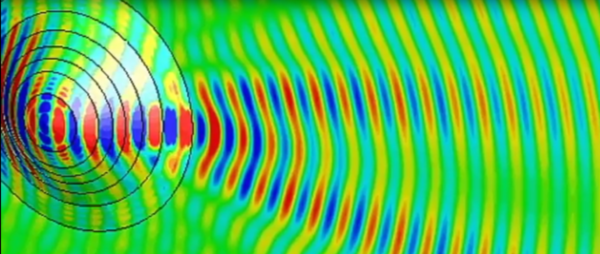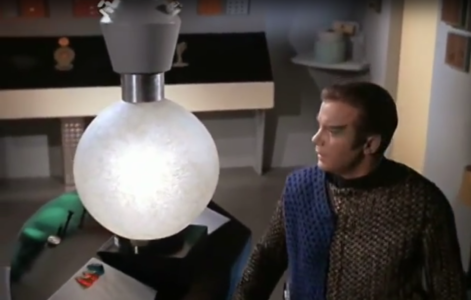Every kid has dreamed of being invisible at some point. Whether that stemmed from the desire to escape awkward encounters or dreams of being a spy and finding dirt on those around us, we have all been there. While true invisibility may not be possible, a recent study claims that we may be closer than we think to owning our very own invisibility cloaks… no wizardry required.

Much like stealth technology featured in television and movies (Star Wars, Star Trek and Lord of the Rings and Harry Potter come to mind), the method employed in this study require the use of light in order to make objects appear invisible to the naked eye.
The science behind these cloaks utilizes the irregularities of opaque objects to mask them. According to Konstantinos Makris, lead author of the study, achieving this fete would require a light to be projected onto the intended object from above.

This light, coined “beam of invisibility,” would have to contain the exact same pattern as the object. It also needs to be supplied through a pump beam in order to work properly. Otherwise, it would simply act as any other material, absorbing part of the incident light. “The crucial point is to pump energy into the material in a spatially tailored way such that light is amplified in exactly the right places, while allowing for absorption at other parts of the material,” said Makris.

Guide light through the object
While previous theories have suggested rerouting light around objects, theoretical physicist Andre Brandstötter claimed that was not the goal of this particular study. “Our goal was to guide the original light wave through the object, as if the object was not there at all. This sounds strange, but with certain materials and using our special wave technology, it is indeed possible.”
Senior author and theoretical physicist Stefan Rotter explained that complex materials are opaque due to their irregularities, which cause light to enter and then scatter in various directions. Waves of light enter and exit the object without passing straight through it.
“Every object we want to make transparent has to be irradiated with its own specific pattern, depending on the microscopic details of the scattering process inside. The method we developed now allows us to calculate the right pattern for any arbitrary scattering medium.”
[Previously, scientists at Queen Mary University of London had demonstrated a coated surface with nano-sized particles that polarized to create virtual invisibility. See video below.] See video:
Experiments testing this theory are currently underway, and researchers are eager to see how it all plays out. Rotter stated that “the most surprising aspect is that this concept works at all. There may be many more surprises when digging deeper along these lines.”
Rotter also explained that continued experiments with light could have a tremendous effect on telecommunication networks. “It is clear, however, that considerable work is still required to get this from the stage of fundamental research to practical applications.”
While we may not currently have invisibility cloaks hanging in our closets, that future may not be a distant as we previously thought.


































